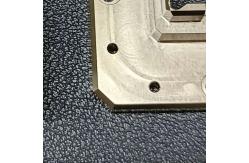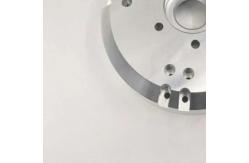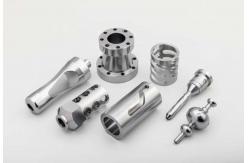Aluminum CNC machined component protoype CNC service
|
|
PEEK, short for Polyetheretherketone, is a high-performance thermoplastic polymer with numerous exceptional properties. It exhibits remarkable thermal stability, maintaining its mechanical properties even at temperatures up to 260°C. Additionally, PEEK demonstrates excellent chemical resistance, resisting most common solvents and acids. Its inherent lubricity and low coefficient of friction make it an ideal material for wear-resistant applications. Moreover, PEEK has outstanding mechanical properties, including high stiffness and strength, combined with low density, resulting in lightweight yet durable components. When processing PEEK materials in CNC (Computer Numerical Control) machining, there are several key considerations. Firstly, the high melting point of PEEK requires the use of special cutting tools designed to withstand high temperatures. Secondly, due to its thermoplastic nature, PEEK can generate heat during machining, necessitating the use of coolant to prevent thermal deformation. It is also essential to control the cutting speed and depth to avoid cracking or chipping the material. PEEK parts find widespread applications in industrial products due to their unique properties. In the aerospace industry, PEEK is used in components that require high thermal stability and chemical resistance, such as aircraft engine parts and fuel system components. In the medical field, PEEK's biocompatibility and sterilizability make it suitable for implants and surgical instruments. Furthermore, PEEK's excellent wear resistance and low friction properties are valued in automotive applications, such as bearings and gears. Additionally, its electrical insulation properties make it useful in electrical and electronic components. In summary, PEEK is a versatile material with numerous advantages in CNC processing and industrial applications. Its unique combination of thermal stability, chemical resistance, and mechanical properties makes it an excellent choice for demanding applications across various industries. However, it is crucial to follow best practices during CNC machining to ensure optimal results and part quality. |
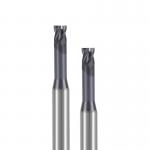
|
65° 4-Flute Tungsten Carbide End Mill for Stainless Steel , High Precision CNC Milling Cutter |
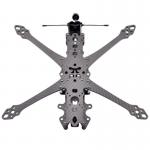
|
Customized CNC Carbon Fiber Cutting Service Competitive Pricing Thickness 0.5mm-10mm Fast Turnaround Time |
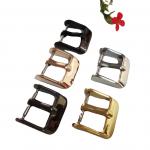
|
Stainless Steel Watch Buckle with IP Plating and Multiple Finishes Polished Brushed Sandblasted |
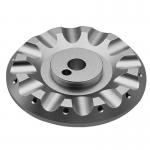
|
CNC Machining Part of Aluminium and Steel Customized High Precision 5 Axis Metal Part Fabrication for Speed Prototype |
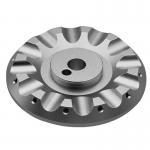
|
Metal Fabrication Parts Customized High Precision 5 Axis CNC Maching for PE Fr4 Ee Fabrication |
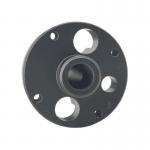
|
Customized 5 Axis CNC Machining Part Service for Aluminum Titanium Brass Milling Metal Drilling Machining Center |

